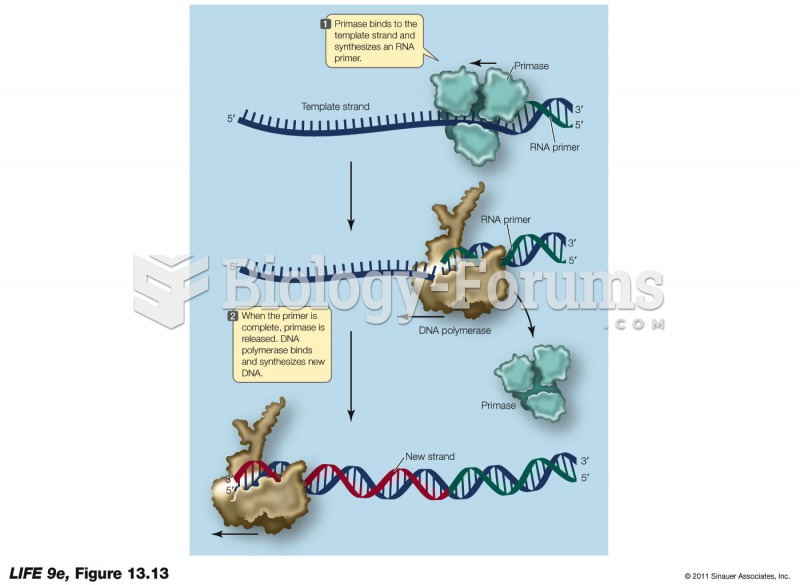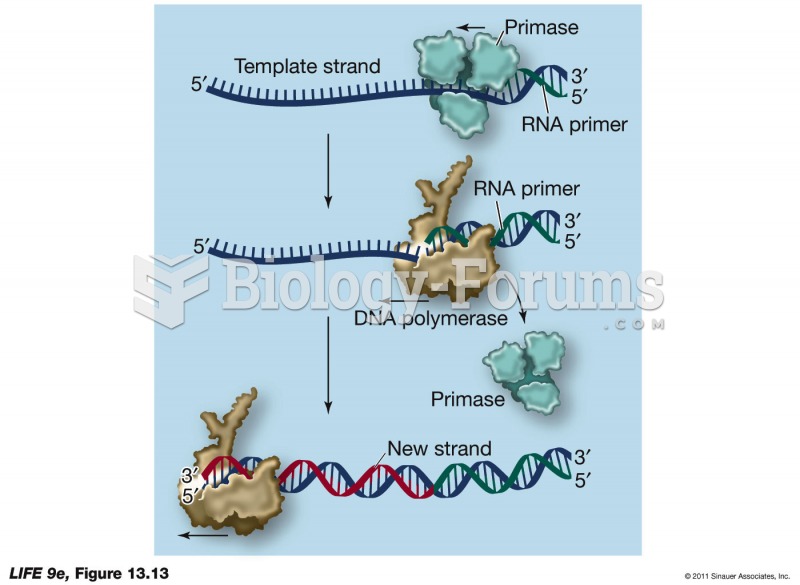Answer to Question 1
A more serious type of drug-involved youth is the one who distributes multiple substances and commits both property and violent crimes; many are gang members. These youngsters make up about 2 percent of the teenage population, but they may commit up to 40 percent of robberies and assaults and about 60 percent of all teenage felony thefts and drug sales. Girls are as likely as boys to become persistent drug-involved offenders, white youths as likely as black youths, and middle-class adolescents raised outside cities as likely as lower-class city children.
In cities, these youths frequently are hired by older dealers to act as street-level drug runners. Each member of a crew of 3 to 12 youths will handle small quantities of drugs; the supplier receives 50 to 70 percent of the drug's street value. The crew members also act as lookouts, recruiters, and guards. Although they may be recreational drug users themselves, crew members refrain from using addictive drugs such as heroin. Between drug sales, the young dealers commit robberies, burglaries, and other thefts.
Most youngsters in the street drug trade either terminate their dealing or become drug dependent. A few develop entrepreneurial skills. Those who are rarely apprehended by police advance in the drug business. They develop their own crews and may handle more than half a million dollars a year.
Answer to Question 2
For some adolescents, substance abuse is one of many problem behaviors that begin early in life and remain throughout the life course.
Longitudinal studies show that youths who abuse drugs are maladjusted, emotionally distressed, and have many social problems.
Having a deviant lifestyle means associating with delinquent peers, living in a family in which parents and siblings abuse drugs, being alienated from the dominant values of society, and engaging in delinquent behaviors at an early age.
Youths who abuse drugs lack commitment to religious values, disdain education, and spend most of their time in peer activities. Youths who take drugs do poorly in school, have high dropout rates, and maintain their drug use after they leave school.
Student views will vary.







